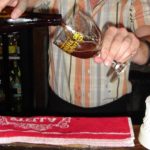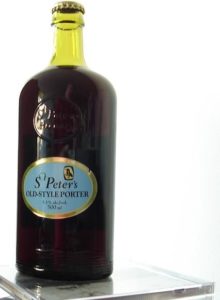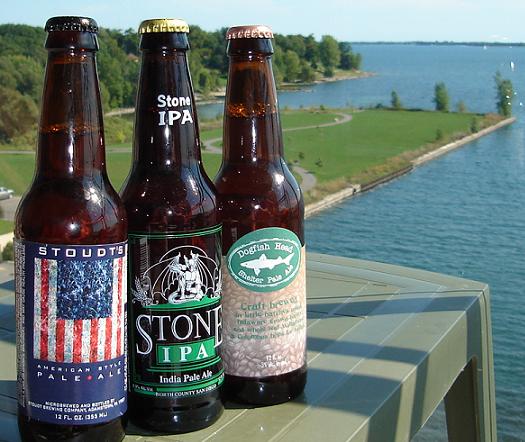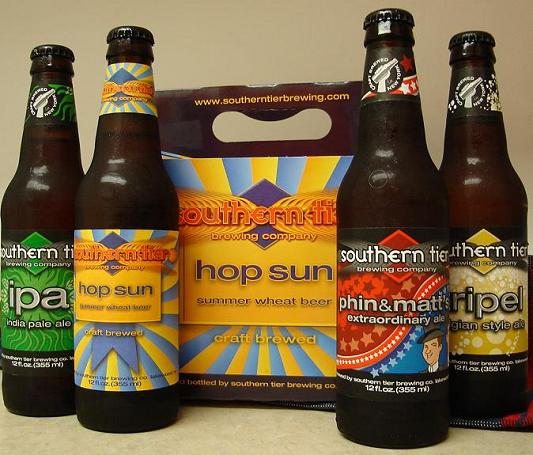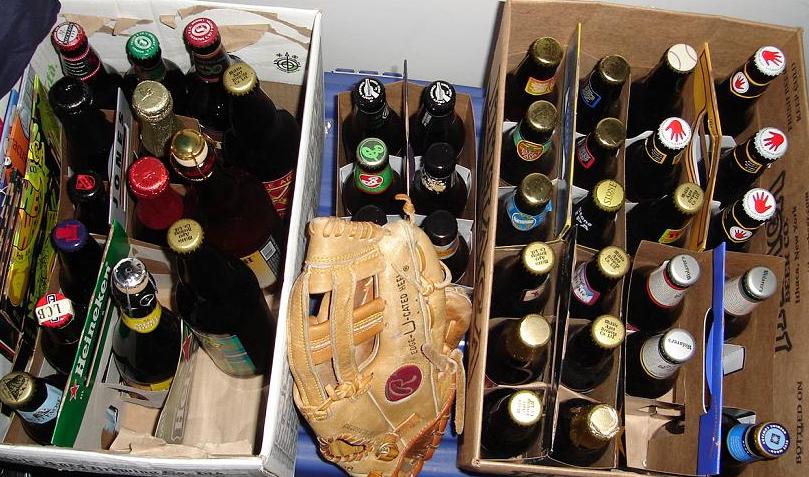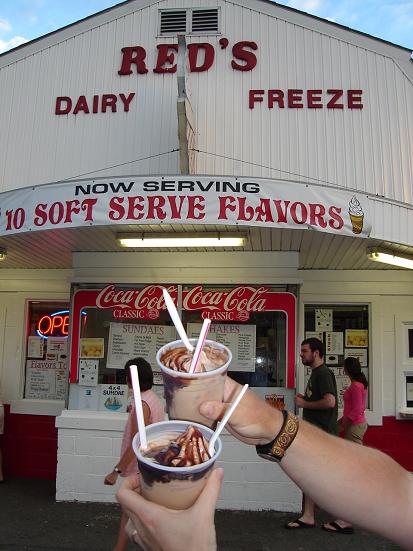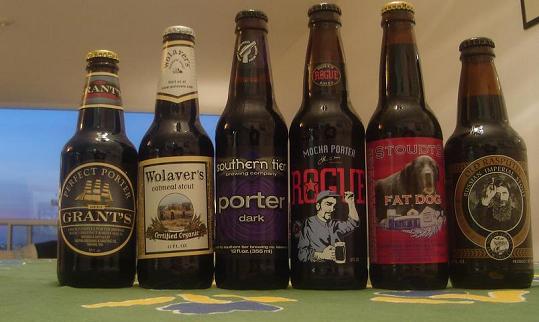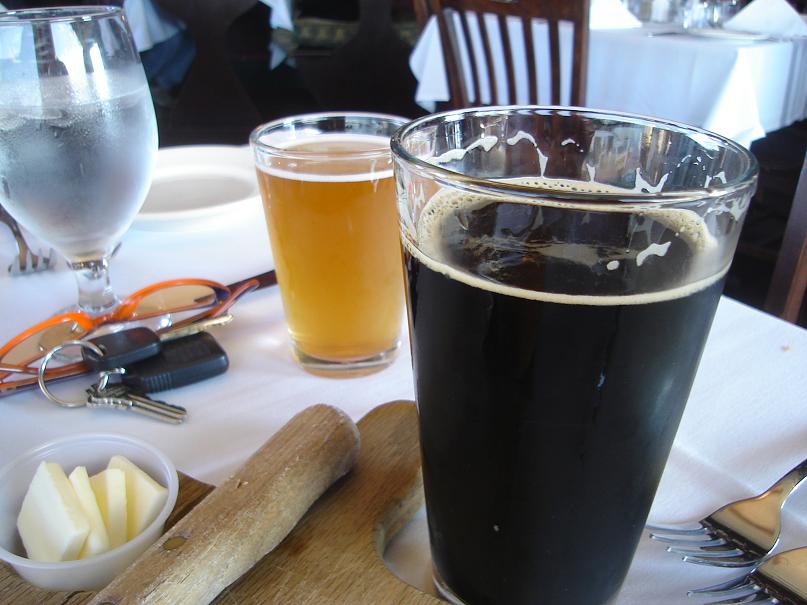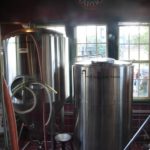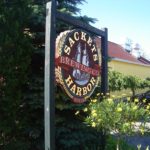Magic Hat is one of those breweries whose stuff I like but when it comes around to doing a review folks come over and drink all the beers I have and there is nothing left to review. So I have only reviewed one to date – Revell porter out of the winter 12 pack. This time it will be different. I am going to defend the stash against perps and foist paper and pen upon them.
What I like about Magic Hat is that they do light ales well. Not thin – light. It is easier to make a big beer than a small one and in this biggie world there is a mad rush to bigosity. This summer 12 pack says no. It says I will not bow to loud Lord Big. There is the lightly fruity #9, the gentle wheat beer Hocus Pocus, their wit by name of Batch 370 and Fat Angel which is something of a rich malty ale…but an unbig one. All displaying a deft hand. Their website displays something of a daft hand, by the way. One of the guys who started it is now a baker of treats near a pal of mine’s place. I will have to interview him one fine day on the whole nuttiness thing.
-
-
- #9: Effervescent orange ale spewing masses of tiny white bursting bubbles. Peach juice. Aroma and taste of peach juice. In the mouth it morphs into a bit of grainy wheat or pale ale maltiness and twiggy hop. Not too far off the idea of a dry Irn Bru, the Scottish soda pop. Light not too sweet, quaffable and refreshing…but lots of peach. If you are against it, as some 12% of advocates are, you are really against it.
- Batch 370: White foam and rim fed again my a very active carbonation, this time in a Belgian wit…but the BAers say it is a version of a German hefe! Hmmm…no banana or clove to hand that hat on. How odd. Amber with a bit of orange. Cloudy with yeastie floaties. Dry and orange peely over lemon. Again, twiggy drying hops. There is lots of yeast tanginess and nice spice. Not a real corriander or other spice presence but the raw wheat gives a flour-dusty and creamy effect that sets it apart and is quite likeable. Is this an ok US version of a wit…or a hefe…or what? I dunno. It is a light summer ale and in itself it is not neither wicked or the other sort of wicked. I’ll have another if that is the way the guest grabbing plays out.
- Hocus Pocus: again a highly active ale, this time light straw under white foam. A bit grassy nicely offset by a touch of twiggy and metallic hops. The center is somewhat vegetative – not fruit but faintly like the green of celery or broccoli. Underneath milky yeast but still a dry beer. I think of the four this is my favourite. I am surprised that 21% of BAers do not like this as I find it a simple but clean balanced summer wheat ale with true real flavours.
- Fat Angel: Again light but the least of the four. A hint of crystal malt and maybe even a hint of smoke. Reddish amber with a white rim. Quite still unlike the other three. The same signiture grassy tang. Like the Hocus Pocus I would call the light touch on the hops twiggy and metallic. I don’t think I like this one that much though I have been far more offended by ales in my life. There is again that dry heart that I would think is wheat malt but it does not meet well with the sweeter notes. The advocates rate it positively but with a low average.
-
- It may be unfair to have these the weekend of the beginning of the World Series when they are clearly hot weather brews. Ice cold of a humid day they may all be perfect. But they are similar in a way that makes you wonder about whether at least three are variations on a core recipe. So I am still with Magic Hat and I admire them trying to escape the standards but taking a separate path carries risk.

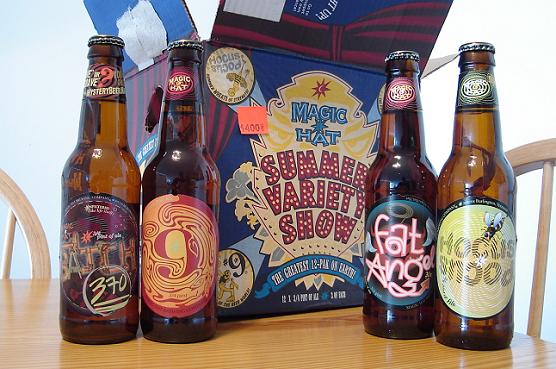
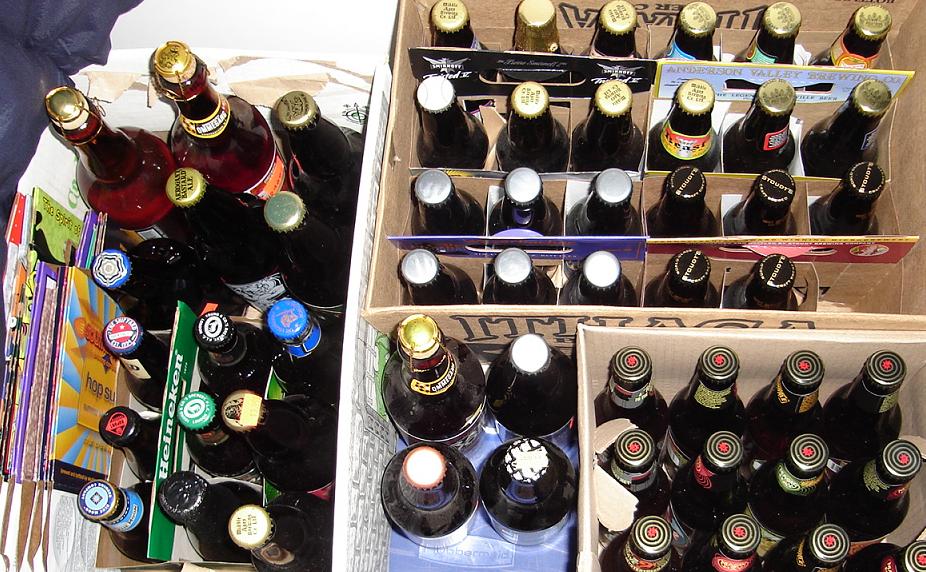
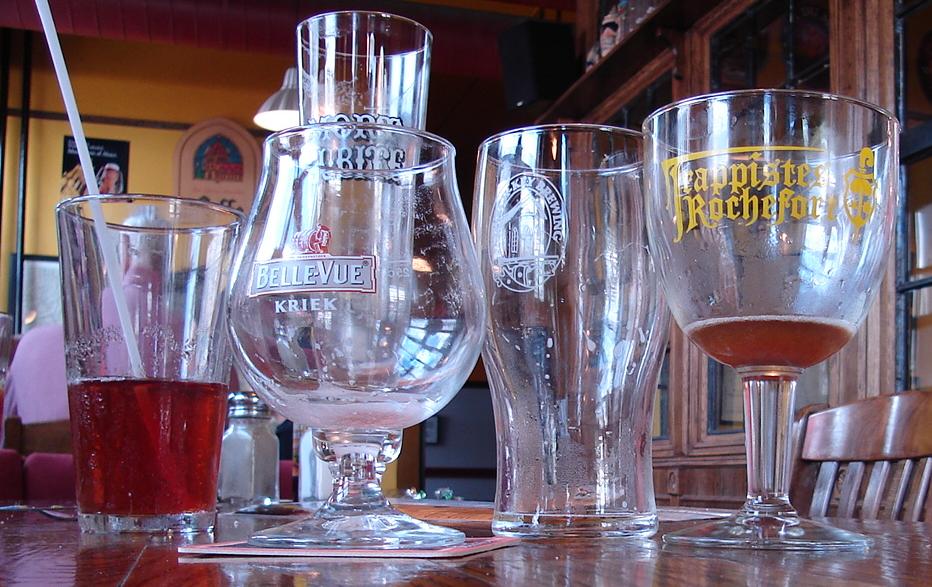
 words were never writ. We are now looking for jobs in the Peterborough area. Unaccustomed to great selection, great service,
words were never writ. We are now looking for jobs in the Peterborough area. Unaccustomed to great selection, great service, 







